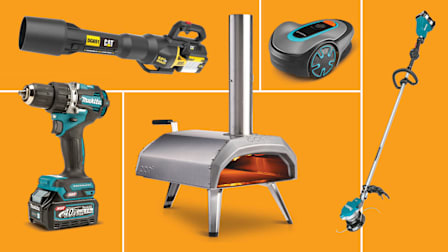Best Outdoor Pizza Ovens of 2025
We tried 8 ovens from brands like Ooni and Solo Stove. These days, pizza ovens can be larger, and some let you switch between gas and charcoal or wood.
When you shop through retailer links on our site, we may earn affiliate commissions. 100% of the fees we collect are used to support our nonprofit mission. Learn more.

Outdoor pizza ovens are all grown up. In a few short years, these pandemic darlings have evolved from basic metal boxes into, well, more refined metal boxes. Many new models are larger, and some have gas burners in addition to charcoal reservoirs. And at least one model I tried comes with a self-spinning pizza stone, powered by electricity, to ensure even cooking.
As a group, outdoor pizza ovens feel better made and more deliberate in their designs than when I evaluated this kind of oven for the first time, back in 2021. And in some cases, prices have dropped quite a bit, too. Our favorite charcoal oven would have set you back $400 just a few years ago. Now it’s available for about $230.


















